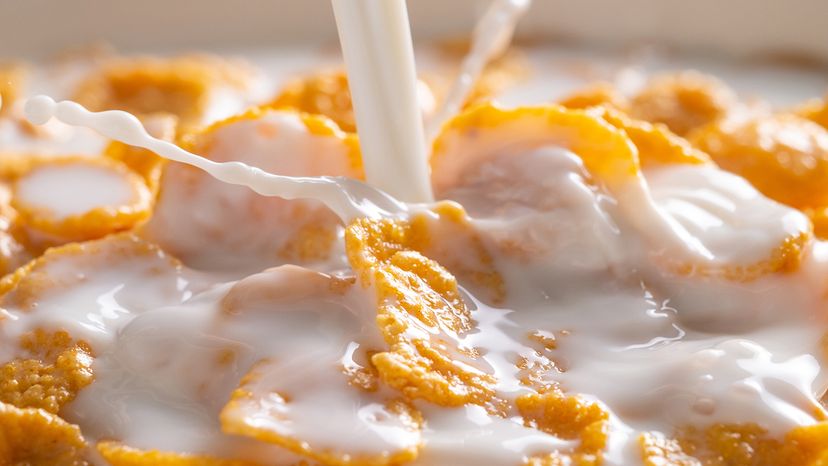While John Kellogg and his brother Will were fine-tuning their breakfast cereal ideas, a man named C.W. Post was also dabbling in food science. Coincidentally, Post also had a keen interest in health foods and had spent time at the Battle Creek sanitarium in the 1890s as a patient.
In 1895, Post founded the Postum Cereal Company, which would later become Post Cereal and then Post Consumer Brands. His first cereal, which he released to the public in 1897, was a dry and crunchy blend of barley, wheat, salt and dried yeast that he called Grape-Nuts. The company still sells Grape-Nuts today.
General Mills, another player in the cereal game, was also going strong in the early 1900s. Today, people associate General Mills with some of its best-loved cereals, such as Count Chocula, Cheerios, Honey Nut Cheerios and Kix.
With these major brands competing in the market around the turn of the 20th century, the flaked cereal industry was born. Of course, Kellogg eventually dropped "toasted" from the name of its most famous cereal, using simply "Kellogg's Corn Flakes," and the company would go on to introduce the world to popular cereals like Cocoa Pebbles and Rice Krispies.
Post also continued to be a force in the market. In the years since its founding, the brand has given consumers Honey Bunches of Oats, Honeycomb, Shredded Wheat and others staples of the American breakfast.
